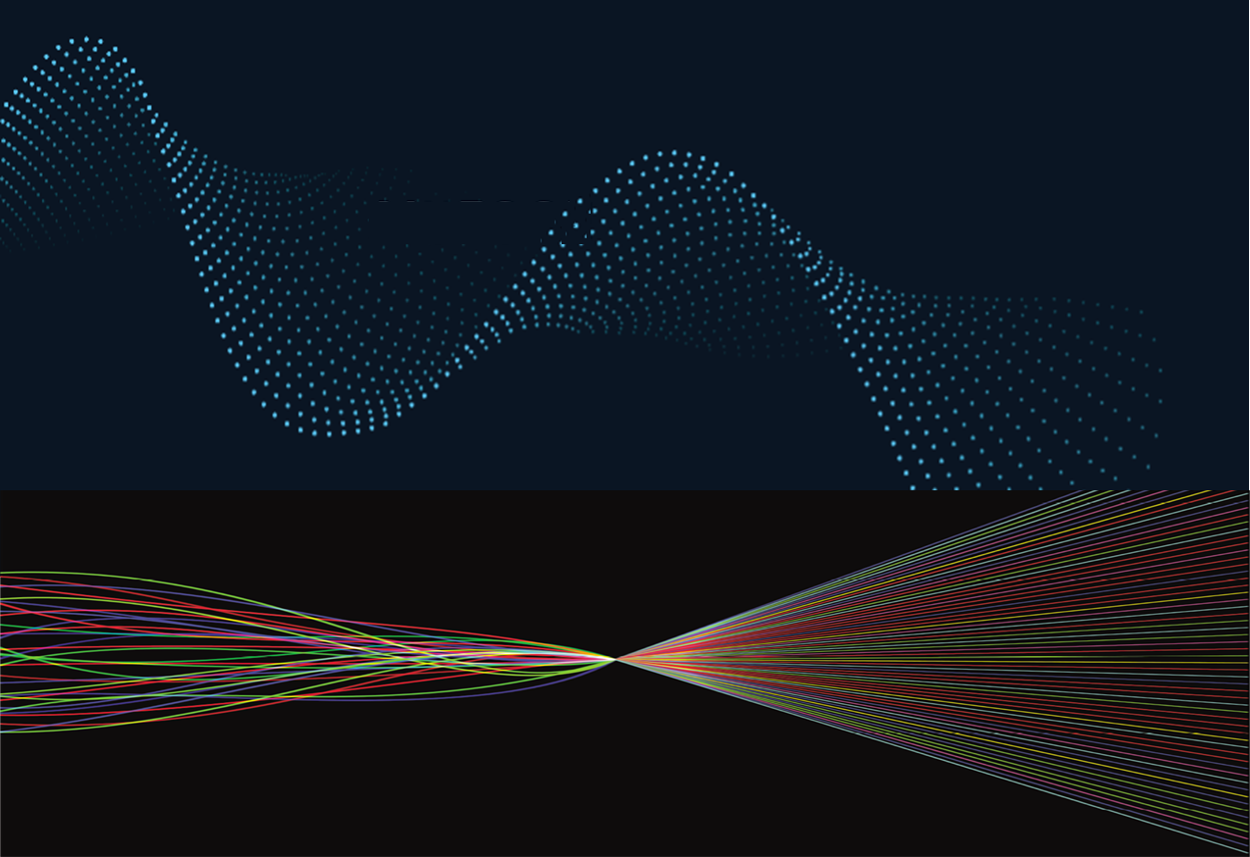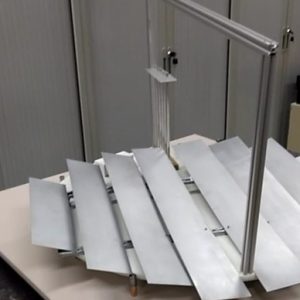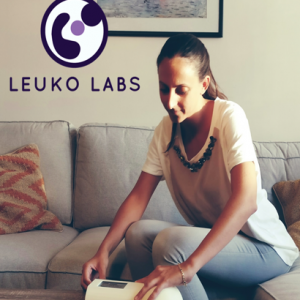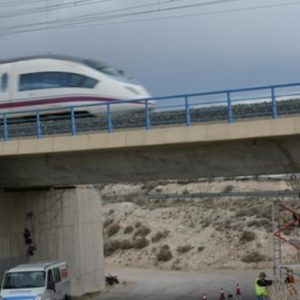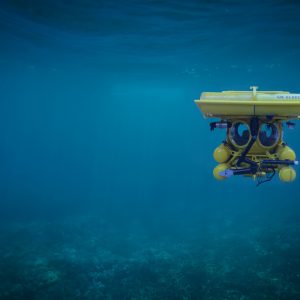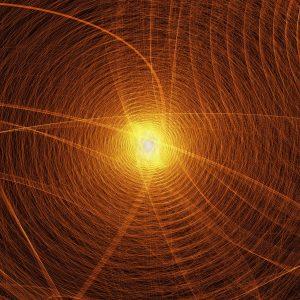Brief description of the solution and the added value it delivers
Solution to achieve maximum energy efficiency in domestic microwave ovens and industrial processes using microwave heating.
Description of the technological basis
Using the new Quasi -Aislador-Recíproco-Sin-Pérdidas (QARSP) (loss-free quasi-reciprocal isolator) device, which is placed between the microwave generator and the object to be heated, offers a double improvement:
- Delivering more energy to the object to be heated, and
- Reducing the reflection withstood by the generator.
The former provides a significant increase (up to 100%) in the energy performance of the heating system.
The latter provides additional protection for the generator, extending its useful life.
QARSP produces both improvements whatever the object to be heated may be, without the need for any kind of mechanical or electrical adjustment. Compared to the system of protecting the generator by means of an isolator, which, apart from its high cost, results in losses that are higher the greater the impedance mismatch, QARSP does not introduce losses and its cost is well below that of the isolator.
‘System and method for improving the energy performance of a microwave heating process’
Business needs / application
- Improving the energy performance of household electrical appliances and in particular microwave ovens.
- Being able to have an A+++ energy label, for maximum energy efficiency, on the microwave (https://www.etiquetaenergetica.com/microondas-mas-eficiente/).
- Improving the energy performance of industrial sectors (pharmaceuticals, plastics, chemicals, paper, food and drink, etc.) that use microwave heating (J. Browne, ‘Microwave Energy Powers Many Industrial Applications’, Microwaves and RF, April 2017).
- Protecting microwave generators simply and efficiently, extending their useful life.
- Protecting microwave generators simply and efficiently against uncontrolled reactive load situations.
- Committing the user to a sustainable economy in which energy is not wasted.
- Not unnecessarily and unproductively contributing to environmental warming.
‘Inefficient energy consumption is senseless and contrary to the development of a sustainable economy’
Competitive advantages
- It increases the energy performance of the heating system (estimate: 50%).
- It increases the average life of the microwave generator (estimate: 40%).
- It protects the microwave generator from poorly controlled situations in the heating process.
- It simplifies the impedance matching system of the microwave generator.
- It substantially lowers the cost of an industrial heating system, as complex impedance matching in real time is not required.
- Residual increase in the cost of the oven (5%).
References
- Research group with more than 30 years’ experience in microwave devices for space applications.
- Collaboration with the main national and international bodies in the aerospace sector: ESA, NASA, INTA (Spanish national institute for aerospace technology).
- Collaboration with companies such as AIRBUS, THALES, ROCKWELL-COLLINS, SPEAG, PARATEK TRYO and SENER on more than 80 projects funded by those companies.
- Designs on board more than 30 satellites.
- Three patents for new microwave devices.
- HISPASAT 25th anniversary prize.
Protection
- Patent granted in Spain: ES2734379
- International patent applied for through the PCT: PCT/ES2020/070273
Stage of development
- Concept
- Research
- Lab prototype
- Industrial prototype
- Production
Contact
QARSP contact
J.M. Rebollar, J.R. Montejo-Garai, J.A. Ruiz-Cruz
Research group: GEA-IPTC | ETSI Telecomunicación | UPM-UAM
e: | "> |
UPM contact
I&E
Technological Innovation Support Centre (CAIT) – UPM
e:


